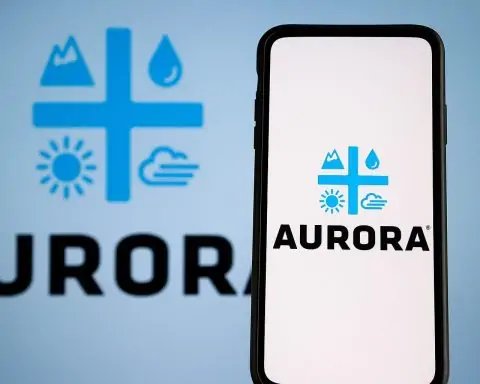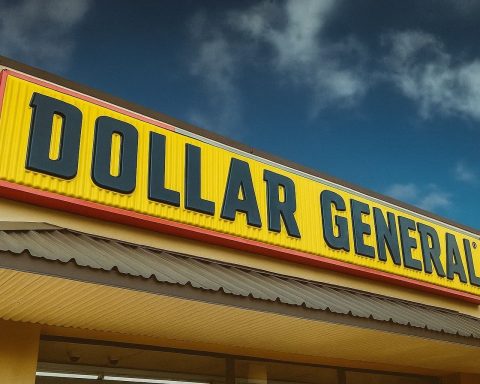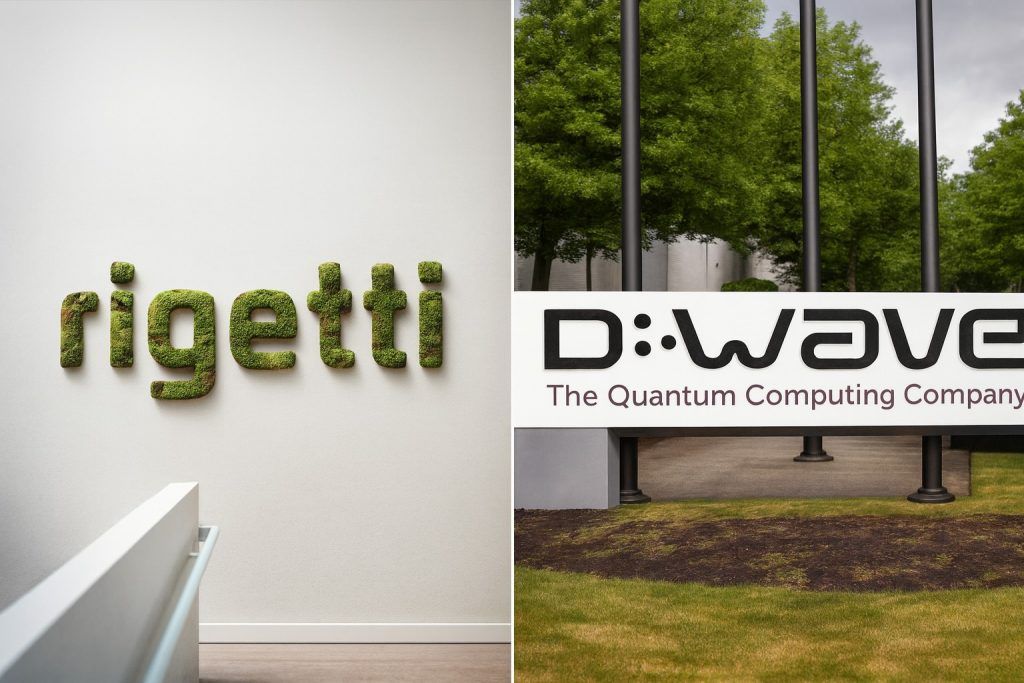- Stock Rally: QuantumScape (NYSE: QS) shares have surged ~200% year-to-date 2025, hitting multi-year highs, driven by breakthroughs in its solid-state battery technology [1] [2].
- Cobra Separator: The new Cobra ceramic separator process was integrated into production, delivering ~25× faster throughput than previous methods [3]. This paves the way for high-volume fabrication of QSE-5 solid-state cells.
- Partnership & Funding: Volkswagen’s battery arm PowerCo agreed to invest up to $261M (original $130M + new $131M) in milestone payments over two years, accelerating QS’s San Jose pilot line and extending its cash runway to ~2029 [4] [5]. QS maintains a non-exclusive licensing deal allowing VW to produce 40–80 GWh of QS batteries/year [6] [7].
- Live Demo: In Sept 2025 a Ducati V21L electric motorcycle equipped with QS QSE-5 cells (made with Cobra) showcased ≈844 Wh/L energy density, 10–80% charging in ~12 minutes, and 10C discharge [8] [9]. This marks the first real-world vehicle demo of anode-free solid-state cells.
- Financials & Risk: QS remains pre-revenue and loss-making (Q2 2025 GAAP loss ~$115M, Adjusted EBITDA loss ~$63M [10]). It has ~$800M cash but expects no meaningful sales until at least 2026 field tests [11] [12]. Analysts warn execution, scale-up yield, and competition are key risks [13] [14].
- Industry Race: Major automakers are also pursuing solid-state batteries. Toyota targets production around 2026 (1,000 km range, 10-min charge [15]), Samsung SDI aims for ~900 Wh/L cells by 2027 [16], and startups like Solid Power (partners BMW, Ford) are scaling pilot lines [17]. QS’s lead is notable, but others are fast behind.
- Expert Views: QS’s CEO Siva Sivaram says the tech has “moved closer to commercial reality” [18]. VW’s Thomas Schmall calls solid-state batteries “a game changer” and notes VW’s Unified Cell design is “solid state-ready” for rapid integration [19]. Yet analysts emphasize that until production and profitability arrive, the stock will swing on milestones vs. skepticism [20] [21].
Solid-State Batteries: The Next Big Leap in EVs
Solid-state batteries replace the liquid electrolyte of Li-ion cells with a solid ceramic or glass separator, promising big performance gains. They boost energy density (QS demo shows ~844 Wh/L vs. ~600 Wh/L for top Li-ion today) and could extend EV range to ~600 miles [22]. They also enable faster charging and vastly longer lifespans – some developers claim 10–15 minute 10–80% charges and 8,000–10,000 charge cycles [23]. Crucially, a solid electrolyte is non-flammable, enhancing safety over liquid batteries. These advantages could “revolutionize” EVs if scaled. However, mass production is a bottleneck: manufacturing solid electrolytes and achieving uniform interfaces (avoiding dendrites) at scale has proven difficult [24] [25].
QuantumScape’s Technology and Progress
QuantumScape’s approach uses a lithium-metal anode and proprietary ceramic separator. Uniquely, its cells are anode-free – lithium metal plating occurs during charging – which can cut weight and cost. In June 2025 QS announced it fully integrated its Cobra separator process into baseline production [26]. Compared to its earlier “Raptor” furnace method, Cobra slashes heat-treatment time by ~25×, enabling gigawatt-scale output [27] [28]. CEO Sivaram says Cobra, along with partners like Corning and Murata, will “build the foundation for scalable production” of QS’s batteries [29] [30].
The current flagship is the QSE-5 cell (5 Ah). In tests, multilayer QSE-5 samples have achieved >80% capacity retention after 800 cycles, and fast-charge to 80% in ~12–15 minutes [31] [32]. In fact, at the IAA Mobility show (Sep 2025) a Ducati motorcycle ran on QSE-5 cells manufactured with Cobra separators [33] [34]. That bike’s battery demonstrated ~844 Wh/L and 10C continuous discharge. Audi-designed battery pack for the Ducati used 980 QSE-5 cells [35]. QS highlights this as proof of concept: an anode-free solid-state cell powering a fast-charging vehicle. Siva Sivaram proclaimed “we’ve crossed the threshold from possibility to reality” [36]. PowerCo’s CEO Frank Blome likewise said solid-state “will redefine what’s possible” for high-performance EVs [37].
Beyond VW, QuantumScape is forming an ecosystem of suppliers. In Sept 2025 it announced a joint development deal with Corning to co-develop high-volume ceramic separator manufacturing [38]. Murata and other electronics giants are also on board (via separate agreements) to ensure reliable separator supply. These moves aim to de-risk QS’s production line: one analyst noted that partnerships (with VW, Corning, Murata) “de-risk” the ceramic separator challenge in scale-up [39] [40].
References
1. www.nasdaq.com, 2. www.techi.com, 3. www.techi.com, 4. ir.quantumscape.com, 5. electrek.co, 6. www.greyb.com, 7. electrek.co, 8. ir.quantumscape.com, 9. tokenist.com, 10. electrek.co, 11. www.fxleaders.com, 12. electrek.co, 13. www.techi.com, 14. www.fxleaders.com, 15. evmagazine.com, 16. evmagazine.com, 17. evmagazine.com, 18. www.volkswagen-group.com, 19. www.electrive.com, 20. www.fxleaders.com, 21. www.techi.com, 22. evmagazine.com, 23. evmagazine.com, 24. www.techi.com, 25. www.electrive.com, 26. ir.quantumscape.com, 27. www.techi.com, 28. www.fxleaders.com, 29. ir.quantumscape.com, 30. ir.quantumscape.com, 31. www.techi.com, 32. ir.quantumscape.com, 33. ir.quantumscape.com, 34. tokenist.com, 35. www.electrive.com, 36. ir.quantumscape.com, 37. ir.quantumscape.com, 38. ir.quantumscape.com, 39. www.fxleaders.com, 40. ir.quantumscape.com








